We’ve all been there — sitting on the couch, phone in hand, scrolling endlessly on our phones. What starts out as a quick check of FB turns into 40 minutes lost with nothing to show for it. Social media is designed to keep both kids and adults glued to the screen. But what’s the real […]
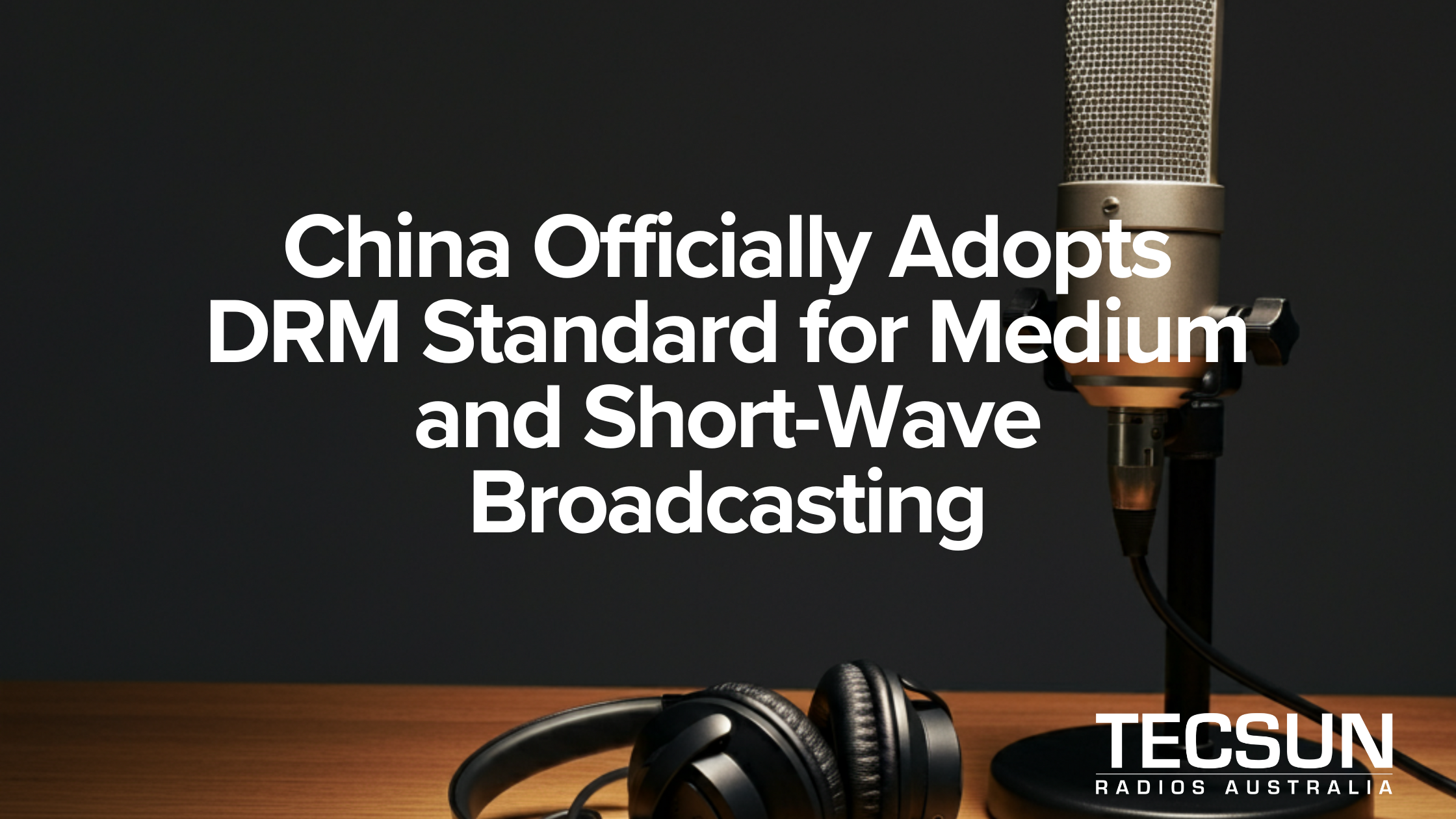
On 1 August 2025, China’s National Radio and Television Administration (NRTA) announced the release of its new official industry standard, GY/T 423-2025: Technical Specifications for Medium and Short-Wave Digital Sound Broadcasting, which had been issued a few days earlier on 29 July 2025.
This move marks the formal adoption of the international Digital Radio Mondiale (DRM) standard as the technical basis for digital broadcasting on the AM bands for China’s domestic radio services.
Who is the NRTA?
The NRTA is China’s top-level broadcasting regulator, responsible for setting policies and issuing technical standards (GY/T series) to guide the nation’s broadcasting and manufacturing sectors. These standards are widely used by broadcasters, equipment suppliers, and manufacturers to ensure compatibility and consistent service delivery.
About DRM on Medium and Short Wave
Digital Radio Mondiale (DRM) is a global digital broadcasting system developed by the DRM Consortium and recognised by the European Telecommunications Standards Institute (ETSI).
DRM offers reliable signal delivery and advanced features, including:
- xHE-AAC audio codec for excellent sound quality at low bitrates
- Emergency Warning Functionality (EWF) for rapid disaster alerts
- Journaline interactive text service for news, information, and education
- Support for multiple languages, distance learning, and emergency communications
Importantly, DRM can work with existing medium and shortwave transmitters and uses the same frequency allocations, making it cost-effective for broadcasters.
China’s Growing Institutional Backing for DRM
The NRTA’s announcement follows years of growing support from government bodies. In September 2023, three major Chinese agencies – the Ministry of Industry and Information Technology (MIIT), the NRTA, and the State Administration for Market Regulation (SAMR) – jointly encouraged the domestic automotive industry to include DRM reception capability in AM radios. They also urged provincial transmission facilities to trial DRM broadcasting.
The result? Over 31 vehicle manufacturers and more than 70 industry partners have since been engaged in DRM-related projects.
In 2024, the MIIT and NRTA invited public comment on revising national standards for in-vehicle wireless reception. The consultation wrapped up on 25 October 2024, with the decision to draft a future mandatory national standard for DRM compatibility.
Current DRM Operations in China
Right now, China runs seven DRM-enabled shortwave transmitters for domestic coverage, mainly targeting the busy eastern regions but also capable of reaching the entire country. These transmitters can also be used internationally by China Radio International (CRI).
China National Radio (CNR) currently airs daily DRM shortwave programs for local audiences, serving multiple regions across the country.
With this latest industry standard in place, DRM in China looks set to move from trials into mainstream adoption.
Info via https://www.drm.org/
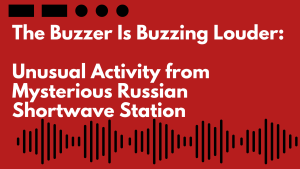
Shortwave enthusiasts around the world may have noticed a recent increase in activity from Russian military commandment network commonly known as “The Buzzer”.
The Buzzer operates 24/7 on 4625Khz using USB mode and uses male and female announcers. The station has been operating in various forms and under a variety of callsigns since the 1970’s. Originally using the callsign UBV-76, the current callsign is NZhTI.
When no traffic is being sent, the station emits a frequency marker signal to ensure the frequency is not used by other stations. It is believed that the station services the Russian “Western Military District”.
Conspiracy theories abound regarding the purpose of these broadcasts. Maybe it’s a doomsday device monitoring for nuclear attacks, maybe it’s a spy network, possibly its an emergency channel to be used during conflict, or a Russian submarine communications system.
Monitoring enthusiasts received 24 abnormal transmissions on December 11 2024. A total of 30 words were broadcast in contrast to the normal buzzing sound.
Its easy to listen to “The Buzzer” these days. Just select an on online SDR in Sweden or another Scandinavian country and listen on 4625 Khz USB. You will hear and see the signal in real time.
For a list of KiwiSDR receivers around the world, visit: http://kiwisdr.com/public/
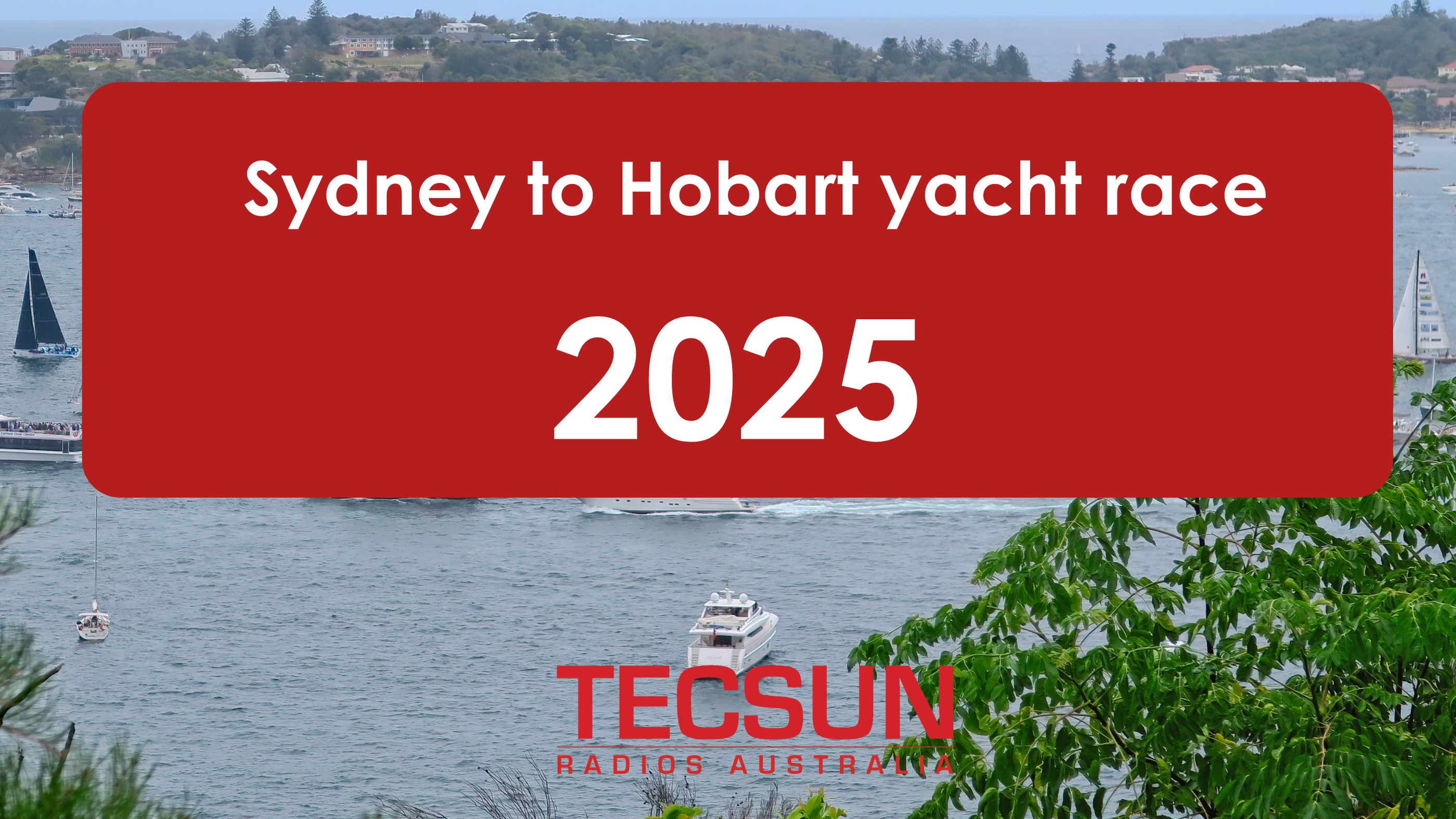
For the last 79 years, the Sydney to Hobart yacht race has been run on Boxing Day December 26.
This year the cannon will sound at 1pm, signalling the start of the race once again. The Rolex Sydney to Hobart yacht race commences on 26 December and ends on January 2 2025
This year there are 107 entrants racing over the 628 nautical mile course.
This is the first year where it is not mandatory for vessels to carry HF radio, although most still do. Radio supporters will no doubt wonder why the basic advantage of HF radio (you can be heard by anyone in an emergency) has been ignored and the cumbersome use of satellite phones and SMS instructions has been adopted. Official race instructions and updates will be sent by SMS to all vessels. Any vessel retiring from the race is expected to call a dedicated mobile phone number.
HF and shortwave radio enthusiasts can still listen to general marine communications by monitoring the following frequencies: 2182, 4125, 6215, 8291, 12290 and 16420Khz.
Weather forecasts for Tasmania at 1130 and 1530AEST (Bureau of Meteorology):
4426 kHz, 8176 kHz, 12365 kHz and 16546 kHz, USB at 1030, 1430 and 1830 AEST daily, 2201 kHz, 6507 kHz, 8176 kHz and 12365 kHz USB at 0230, 0630 and 2230 AEST daily.
Tasmanian maritime radio:
2524 kHz, 4146 kHz, and 6627 kHz USB at 0745, 1345, 1633 and 1903 AEST
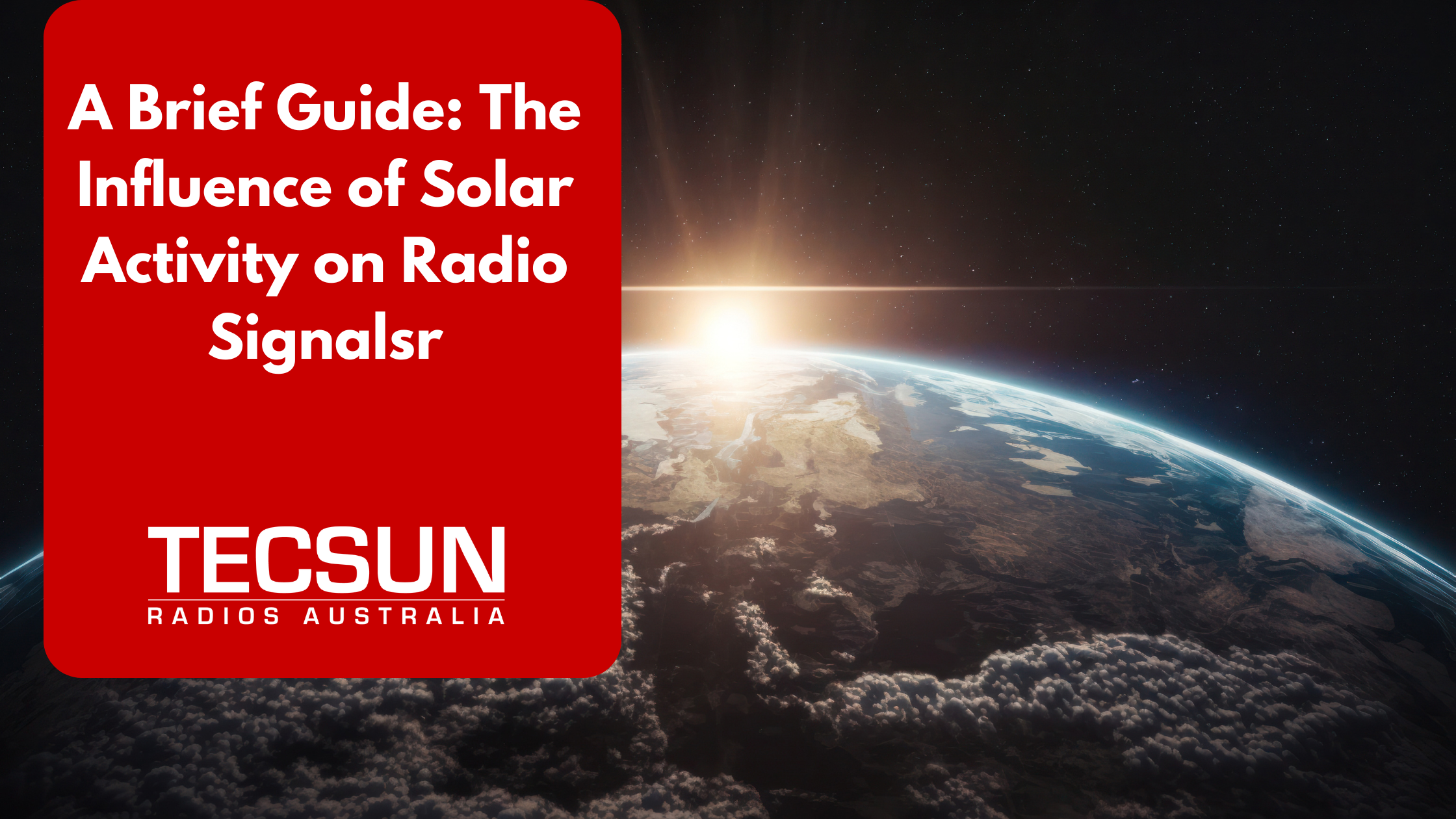
Solar activity, such as sunspots, solar flares, and coronal mass ejections (CMEs), can significantly impact radio signals, particularly in shortwave and high-frequency (HF) bands. Here’s how it works:
- The Sun and the Ionosphere:
Radio waves rely on the Earth’s ionosphere (a layer of charged particles in the upper atmosphere) to bounce signals over long distances. Solar activity affects the ionosphere by increasing ionisation levels, which changes how well it can reflect radio signals.
- Improved Signal Propagation:
During periods of increased solar activity, when sunspots are numerous, the ionosphere becomes more reflective. This boosts the range of shortwave radio signals, due to reflection, allowing them to travel a greater distance.
- Signal Disruptions:
Solar flares and CMEs (Coronal Mass Ejections) can cause sudden ionospheric disturbances, which may lead to radio blackouts. These events can block or degrade radio signals, especially on the sunlit side of the Earth.
- Day vs. Night Propagation:
Solar radiation influences the ionosphere more during the day than at night. As a result, higher frequency signals (like shortwave) propagate better during daylight, while lower frequencies (like MW) tend to perform better at night.
- Solar Cycle Impact:
The Sun follows an 11-year solar cycle. During the peak (solar maximum), radio conditions improve, but disruptions also become more common. During solar minimum, signal ranges may be reduced. We are currently in Solar Cycle 25 with maximum activity expected in July 2025.
Understanding these solar influences helps radio enthusiasts optimise their listening experience by timing operations with favourable solar conditions.
The development of the modern phonetic alphabet for radio communication was developed and refined over the period from 1927 until 1965. Practical experience over both World Wars and subsequent conflicts involving voice radio communications have led to the final version used today, known officially as the NATO Phonetic Alphabet.
The phonetic alphabet consists of a collection of 26 code words, each representing a single letter of the alphabet. This system was devised and revised to ensure the use of the phonetic alphabet would eliminate any ambiguity during the passing of messages by radio (or telephone), and that the letters and numbers would be easily distinguishable from one another.
Over radio, the names of many letters sound similar, for instance “n” and “m”, “f” and “s” etc. Using the codeword for each letter improves readability in poor radio conditions.
The 26 code words of the phonetic alphabet are:
Alfa, Bravo, Charlie, Delta, Echo, Foxtrot, Golf, Hotel, India, Juliett, Kilo, Lima, Mike, November, Oscar, Papa, Quebec, Romeo, Sierra, Tango, Uniform, Victor, Whiskey, Xray, Yankee, Zulu
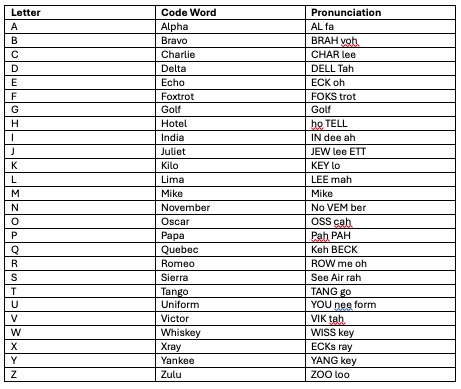
Emphasis is placed on the letters shown in capitals.
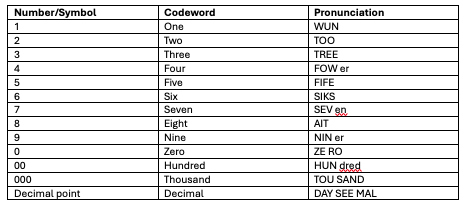
There are also codewords for numbers, to minimise miscommunication.
Number/Symbol Codeword Pronunciation
These code words are used today by amateur, aviation, marine and both civilian and armed forces.
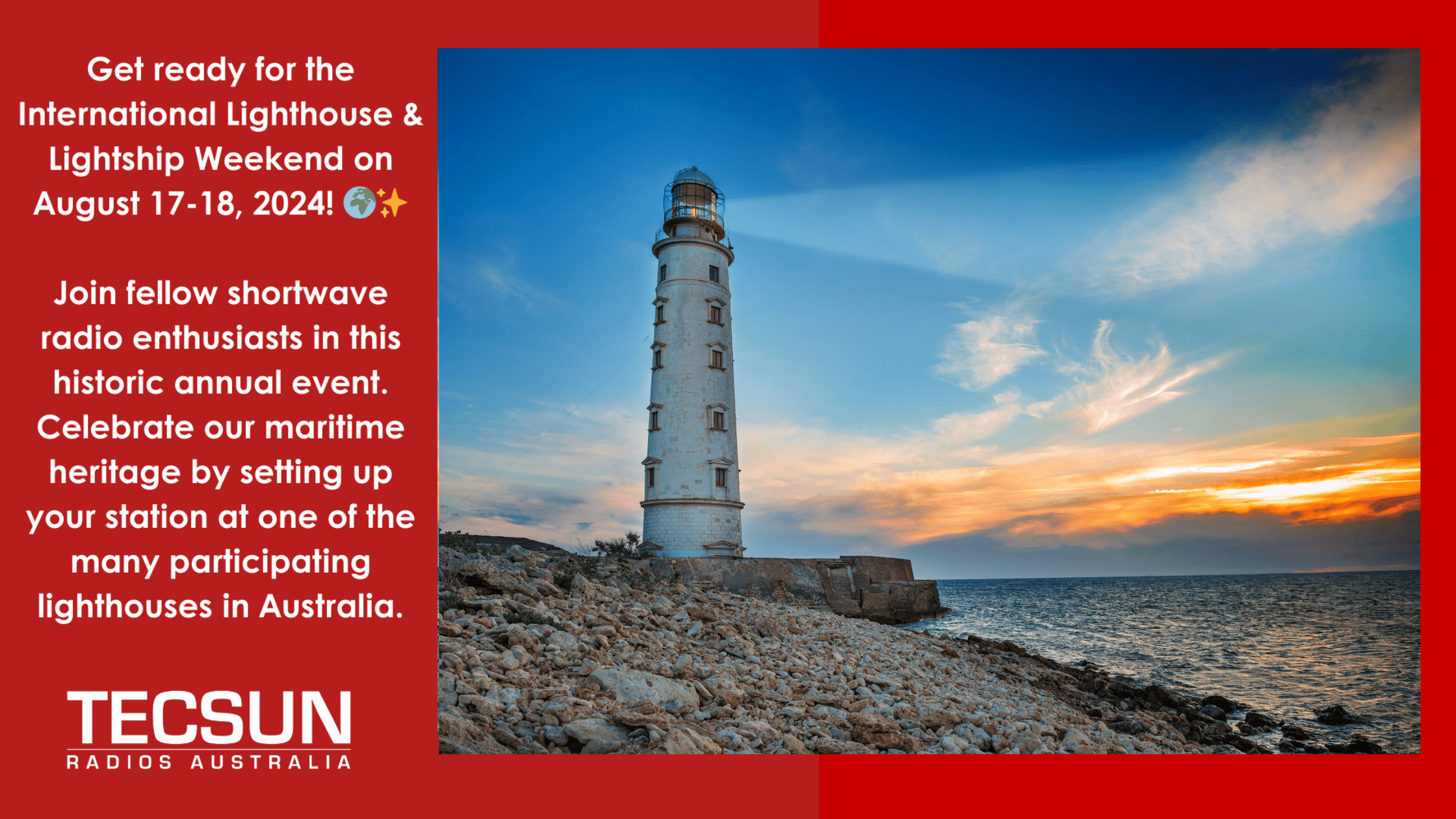
Mark your calendars for an unforgettable event that blends history, community, and the thrill of shortwave radio: the International Lighthouse & Lightship Weekend (ILLW) on August 17-18, 2024! This annual celebration runs from 12:00am on Saturday to 12:00am on Sunday (UTC), bringing together radio enthusiasts and lighthouse lovers from around the world.
A Brief History
The ILLW started in 1998 with the aim of promoting public awareness of lighthouses and lightships and their need for preservation and restoration, as well as to promote amateur radio. Since then, it has grown into a global phenomenon, with hundreds of lighthouses and lightships participating each year. This event is not a contest, but a fun weekend where radio amateurs set up their gear at lighthouses and lightships, transmitting signals to connect with fellow enthusiasts across the world. Shortwave listeners can monitor amateur “contacts” around the globe.
Interesting to note!
Over the years, ILLW has produced some memorable moments:
- Surprise Visitors: In 2015, a group of radio operators set up at a remote lighthouse in Scotland, only to be joined by a family of curious seals who seemed fascinated by the antennas and cables!
- Unexpected Weather: During the 2010 event, operators at a lighthouse in New Zealand were caught in an unexpected snowstorm. Despite the chilly conditions, they managed to keep their signals strong and enjoyed hot cocoa while making contacts.
- Ghostly Encounters: Some participants swear they’ve experienced ghostly activities at historic lighthouses. One operator reported hearing mysterious footsteps and seeing flickering lights in an old, supposedly haunted lighthouse in Ireland!
Join the Fun
Australia is home to many participating lighthouses, offering a unique opportunity for shortwave radio enthusiasts to be part of this historic event. Whether you’re setting up your station at a lighthouse or connecting from your home setup, the ILLW is a chance to share in a global tradition that celebrates our maritime heritage.
How to Participate
- **Find a Lighthouse**: Check the ILLW website for a list of participating lighthouses in your area.
- **Set Up Your Gear**: Bring your transceiver, antenna, and other equipment to a lighthouse or lightship.
- **Connect**: Tune in and make contact with other operators around the world.
- **Log Your Contacts**: Keep track of the lighthouses and lightships you connect with and share your experience with the community.
Many amateur radio clubs make this an annual event, so check with your local club to participate !
Don’t miss out on this incredible event! Gather your equipment, invite your fellow enthusiasts, and be part of the International Lighthouse & Lightship Weekend. Let’s keep the airwaves alive with the spirit of adventure and history.
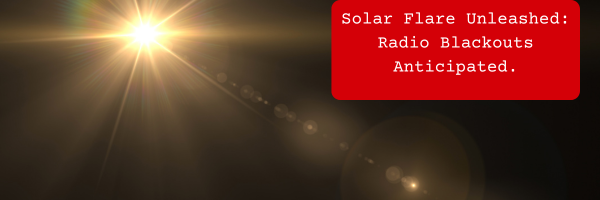
The Sun has once again demonstrated its immense power by unleashing a significant solar flare, causing radio blackouts here on Earth. This latest event highlights the increasing activity as we approach the solar maximum of Solar Cycle 25, a period marked by frequent solar eruptions.
A Record-Breaking Flare
On Tuesday, the Sun emitted a massive storm of energized particles, recorded as the most powerful flare in the current solar cycle. Designated as an X8.7 category flare, it surpasses the strength of recent solar activities. According to data from the National Oceanic and Atmospheric Administration (NOAA), this flare originated from an active sunspot labelled AR3664, situated at the very edge of the Sun’s visible hemisphere.
Impacts on Earth
The implications of this solar event were significant. Parts of Earth, particularly the United States, experienced radio blackouts due to the intense electromagnetic radiation from the flare. In Australia amateurs reported very poor HF propagation. The Tecsun SDR showed almost no noise (or signals) across the HF spectrum for several days. These blackouts disrupted communication systems, navigation, and other technologies reliant on radio waves.
Understanding Solar Cycle 25
Solar Cycle 25, which began in December 2019, is now approaching its solar maximum—a phase where solar activity peaks, leading to more frequent and intense solar flares and coronal mass ejections (CMEs). These solar phenomena are a natural part of the 11-year solar cycle, driven by the Sun’s magnetic field.
Preparing for Solar Events
As we continue through this period of heightened solar activity, scientists and agencies like NASA and NOAA closely monitor the Sun’s behaviour. This vigilance helps in forecasting space weather events and mitigating their impact on Earth’s technological infrastructure.
The recent X8.7 solar flare serves as a reminder of the dynamic and powerful nature of our star. While the immediate effects might be limited to radio blackouts, the broader implications of increased solar activity underscore the importance of ongoing observation and preparedness.
Stay tuned for further updates as Solar Cycle 25 continues to unfold, bringing with it both challenges and opportunities to deepen our understanding of the Sun-Earth connection.
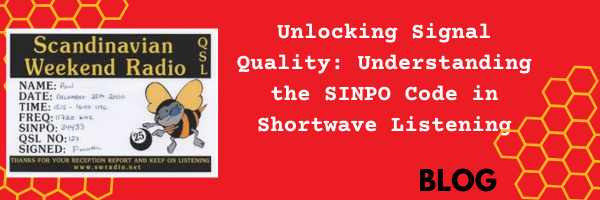
When it comes to evaluating signal reception in the world of shortwave radio, the SINPO code reigns supreme. This universally adopted format provides a comprehensive assessment of signal quality, aiding broadcasters in fine-tuning their transmissions for optimal reach. From signal strength to overall clarity, each component plays a crucial role in deciphering the effectiveness of radio transmissions. Let’s dive into the intricacies of the SINPO code and how it facilitates seamless communication between shortwave listeners and broadcasters.
There is a universally used format for evaluating signal reception, when submitting a signal report and QSL card request, called the SINPO code. It calls for 4 reception parameters to be logged and a final evaluation of overall reception made. SINPO, is an acronym for signal, interference, noise, propagation, and overall, is a code used to describe the quality of radio transmissions, especially in reception reports written by shortwave listeners (SWLs). Each letter of the code stands for a specific factor of the signal, and each item is graded on a 1 to 5 scale.
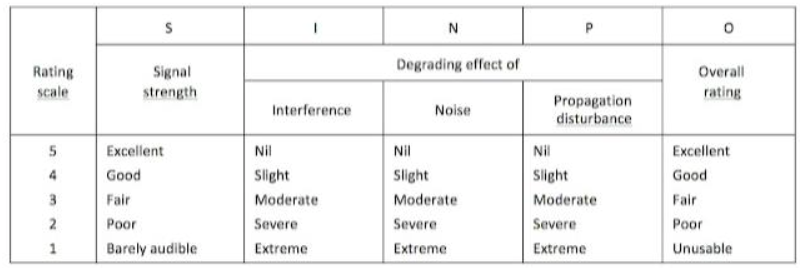
Understanding the SINPO Code in Shortwave Listening
So when a shortwave listener is submitting a reception report to a broadcaster, using the SINPO code will help the broadcaster assess the effectiveness of their transmission in reaching the target zone.
In addition to using the SINPO code it is also useful to provide the following information when submitting a signal report:
Date and time in UTC, frequency, receiving equipment (receiver, antenna, and antenna orientation if directional), program details including content (ie news, music, etc), a contact address or email, for the station response.
Most broadcasters will respond with a QSL card or letter confirming reception.
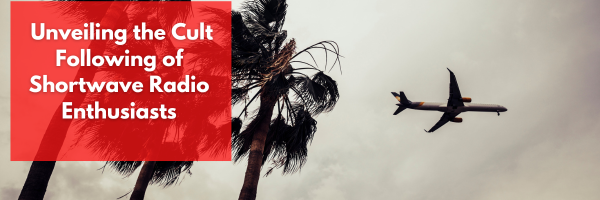
In a world dominated by modern technology and instant communication, there exists a unique and passionate community of shortwave radio enthusiasts who find their thrill in tuning into aviation broadcasts. While it might seem like an esoteric hobby, listening to aviation broadcasts over shortwave radio has cultivated a cult following
Here are some of the reasons so many listeners follow the HF aircraft band.
Kind of like a global adventure!
Shortwave radio allows enthusiasts to embark on a global adventure from the comfort of their homes. Aviation broadcasts provide a portal into the skies, enabling listeners to eavesdrop on conversations between pilots and air traffic controllers from all corners of the world.
The sense of adventure and the opportunity to virtually traverse continents is a compelling reason why shortwave radio enthusiasts are drawn to aviation broadcasts
Shortwave radio provides real-time access to aviation communications. Enthusiasts can listen in on air traffic control exchanges, weather information, flight paths, and even emergency communications as they happen.
It is quite technical!!
Fine-tuning shortwave radios and antennas to receive clear aviation signals is a technical challenge that appeals to hobbyists. It requires skill and patience to optimise reception and achieve the best audio quality.
The technical aspect of the hobby fosters a sense of accomplishment and expertise, further deepening the enthusiast’s connection to shortwave radio.
Amateurs listening in during an emergency have saved the day in the past, both in the air and by sea!!
Shortwave radio is a reliable means of communication during emergencies. Aviation enthusiasts play a vital role in monitoring aviation frequencies during critical situations, potentially assisting authorities or providing essential information.
This sense of responsibility adds a noble dimension to the hobby, reinforcing the dedication of shortwave radio enthusiasts.
There is quite a community too!!
While shortwave radio listening can be a solitary activity, it also nurtures a strong sense of community. Enthusiasts connect through online forums, clubs, and social media groups, where they share their experiences, knowledge, and tips.
The sense of camaraderie among like-minded individuals contributes significantly to the cult following of this hobby.
For some, listening to aviation broadcasts on shortwave radio is a tradition passed down through generations. The nostalgic element, combined with the heritage of the hobby, creates a sense of continuity and connection to the past.
Listening to aviation broadcasts over shortwave radio may seem like a niche hobby, but it offers a world of adventure, technical challenges, and a close-knit community that has earned it a dedicated cult following.
Vast areas of the world lack the necessary local VHF radio communication systems needed to provide reliable radio coverage between aircrews and air traffic controllers. The lack of VHF coverage within most of these areas is due to the very remote location of these regions, for example, much of the airspace over the Atlantic and Pacific oceans lacks VHF communications as it is impossible to install transmitters on a reliable platform within these regions. As a result, a network of shortwave (HF) frequencies have been allocated to provide long range voice communications between aircrews and ATC facilities.
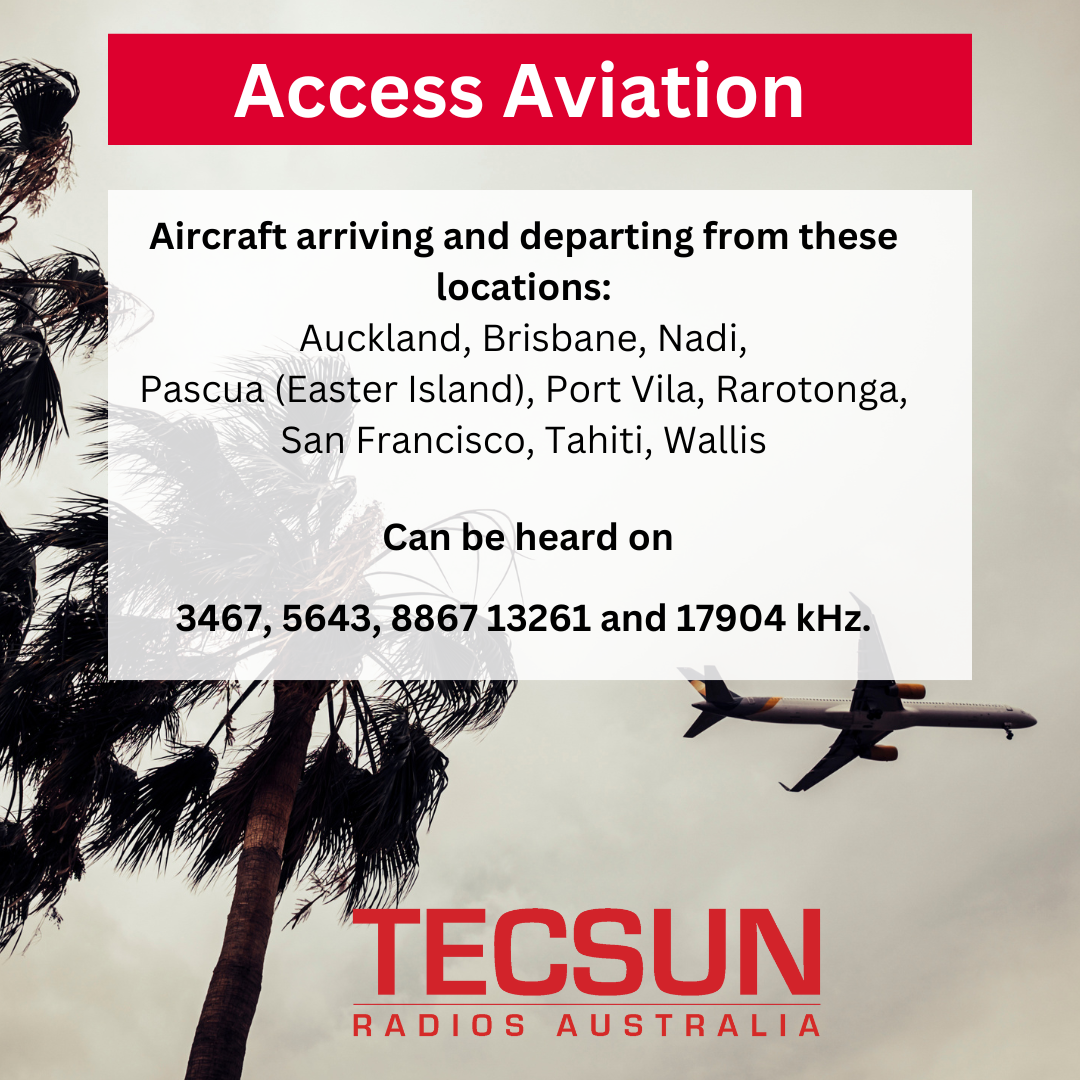 The allure lies in the ability to bridge the gap between the terrestrial and the celestial, allowing enthusiasts to soar through the skies without ever leaving their homes. So, whether you’re a seasoned shortwave radio enthusiast or a curious newcomer, consider giving aviation broadcasts a try – you might just find yourself captivated by the mesmerising world of shortwave radio and its passionate following.
The allure lies in the ability to bridge the gap between the terrestrial and the celestial, allowing enthusiasts to soar through the skies without ever leaving their homes. So, whether you’re a seasoned shortwave radio enthusiast or a curious newcomer, consider giving aviation broadcasts a try – you might just find yourself captivated by the mesmerising world of shortwave radio and its passionate following.
Here at Tecsun Radios Australia we have the best range of radios to support your shortwave listening adventures, we even supply a comprehensive shortwave listening guide, written by owner and fellow enthusiast, Garry himself!!!
Curious about listening to Aviation broadcasts, here are some of our top radios for the job.
PL-880, PL-990x, H-501x, PL-330, PL-365, PL-368, PL-660, S-2000. Most receivers in the Tecsun Radios Australia range have the ability to receive single sideband (SSB) transmissions, and that is the mode used by aircraft on the HF bands. As you can see, even the most economical receiver (PL-365) is capable of listening to aircraft on the HF bands.


